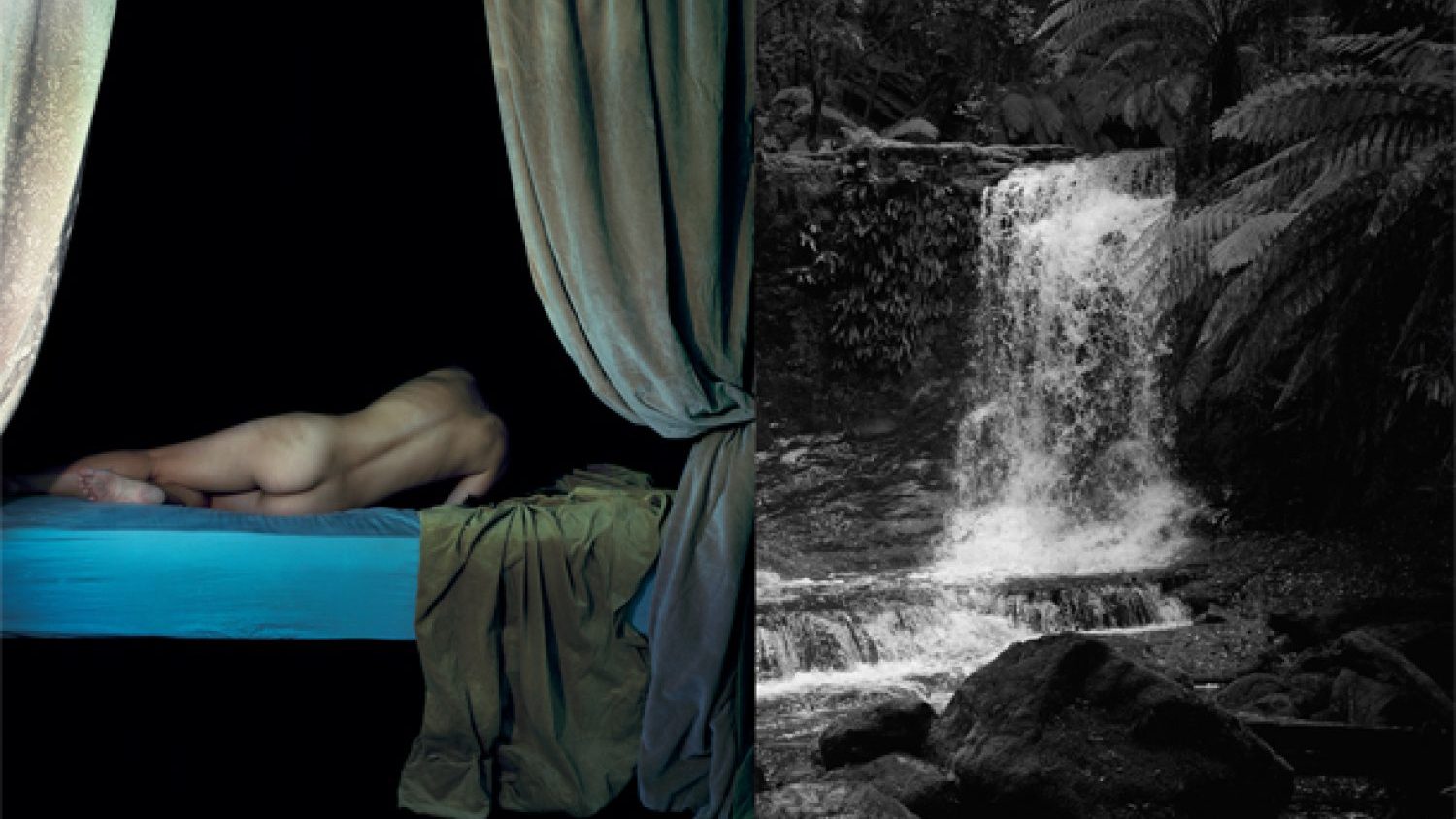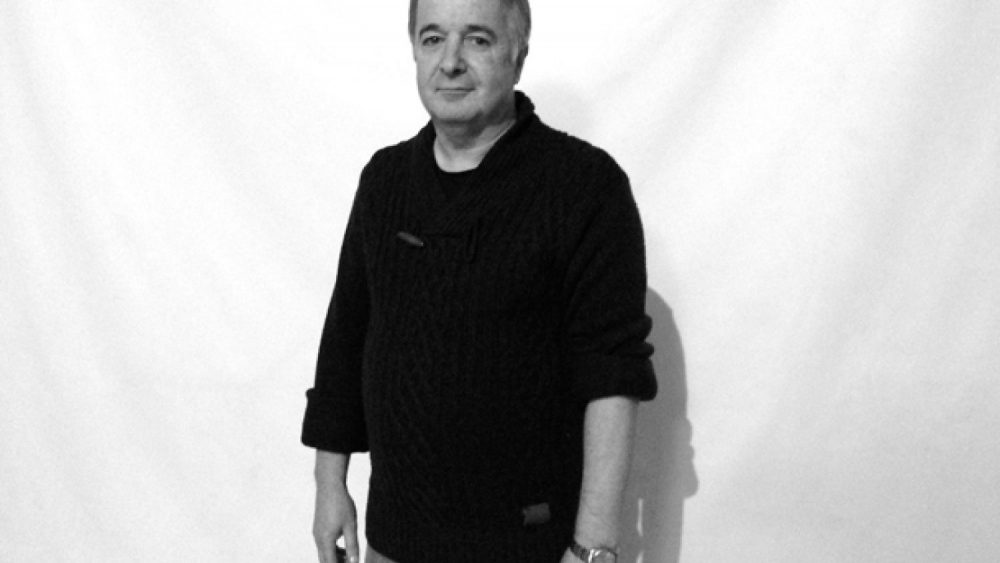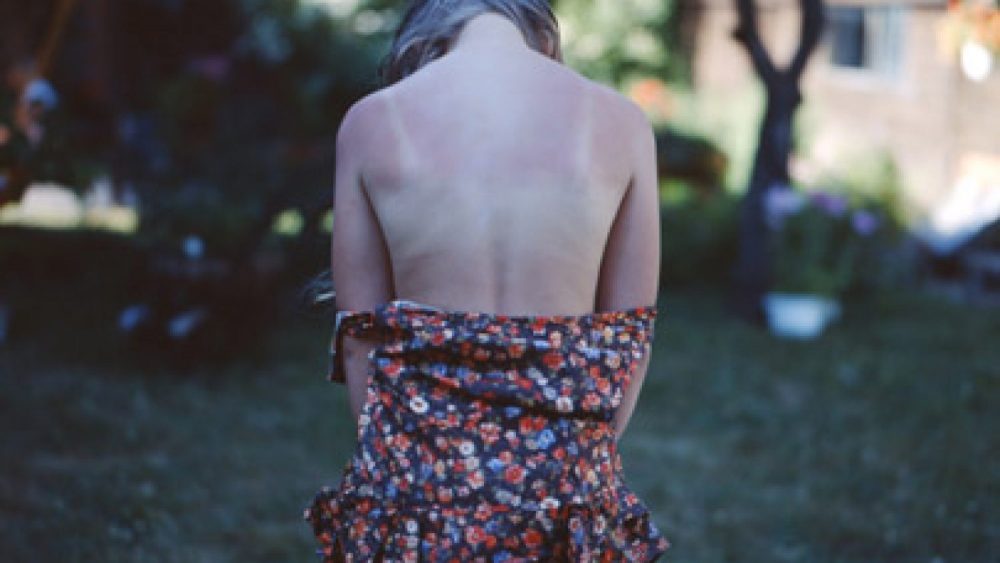Esther Teichmann. Fractal Scars, Salt Water and Tears
The world depicted by German-American artist Esther Teichmann (1980) lies between the real and the imaginary. It is filled with blue hues, pitch blacks, glistening skin, fragmented bodies, dense vegetation and water. Her distinctly staged, carefully arranged and intimate images are closer to the conventions of painting than the decisive moment of photography. Reworking her own memories into fictional and fantastical narratives, Teichmann, explores the origins of fantasy and desire and how these are bound to experiences of loss and representation. Central to her work is the body of the mother and that of the lover, both inevitably turning away, already lost before the image was taken. Love and loss melt together to evoke an inherited home-sickness, a longing for an impossible return to our origins and for merging into one with another.
The first time I met Esther was about two years ago. I hoped that she would be one of my tutors at the University of Brighton, where she had been teaching on the BA and MA. However, she left for a position at the London College of Communication shortly before I started my first semester at Brighton. Esther did return to lecture about her practice and afterwards we met several times in London.
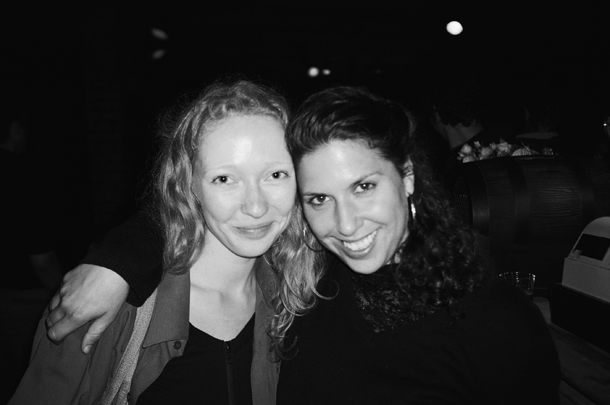
Then, months later, when after weeks of leaning over the projected images of my friend on the enlarger baseboard in the darkroom, I was told my friend had died, I reread again and again Esther’s writing in her monograph Drinking Air. There she speaks about the death of a lover, and her cropping and printing his image over and over. In between many artists I admired, Esther turned into one of few that felt like my photographic family. This year Esther was my tutor at ISSP, where she led the workshop Alternate Worlds: Photography and the Constructed Image, and I became her model. In the empty halls of the Art Academy in Riga I lay next to stone sculptures and let her transform me into one of her images.
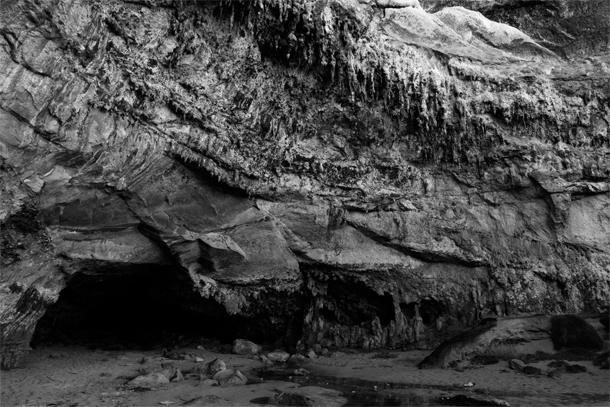
Esther Teichmann: Last night when we listened to Anders Petersen and Jacob Aue Sobol in conversation, they spoke a lot about teaching. When Petersen was talking about this idea of a photographic family tree that for him included Nan Goldin and Daido Moriyama, he emphasized how important this network of artists whom you relate to is for our practice, living and dead, friends or artists whom you only know through their work.
And he spoke of how lonely a place photography can be, and that it’s comforting to know that there are other people doing the same.
Yes, I thought the way he spoke about that was amazing. Some of the artists I admire the most are also the most generous teachers. And the two things make sense in combination – generosity, empathy and making good work.
Also I think it’s important to learn not only from tutors, but also from each other.
Definitely! I had this ISSP experience because of you hearing me speak about my work. ISSP is a really inspiring organization, existing not for profit but funded by volunteers who are passionate about art and photography and believe in the sharing of knowledge whilst having a lot of fun. I’m not sure if I have seen that for a long time anywhere else in such democratic and idealistic a way.
I think it’s important to realise that a lot of students within a really short space of time become your contemporaries, your peers, are that already really. Teaching is a lot about an exchange, and is only inspiring and interesting when it is one. Teaching keeps you aware of what is happening across generations as well as internationally. The influence definitely doesn’t just go one way – every few years you meet a student whose work is extraordinary and often they are not aware of how much so yet, and it is humbling and inspiring to be a part of their learning.
I think you can’t be a tutor if you are not generous.
Yes, but it is a balancing act of not giving so much that nothing is left. Although that goes for most things in life I guess. California was a really inspiring year of teaching, as I worked at MfA level with very small select groups for three month periods teaching my own research material (last year Esther was a guest professor at the California College of Art). It is good to be back in London too, but really made me think about different teaching structures and ways of learning.
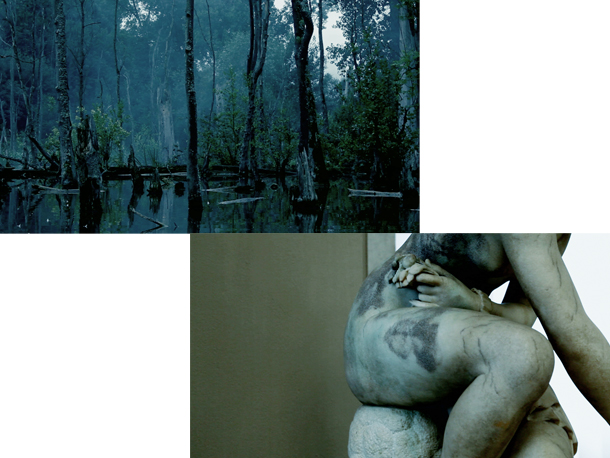
You were saying that combining your own practice with teaching works for you much better than doing commercial work.
For the moment this combination works well and is a priviledge, although it really depends on the academic environment and structure and how much support there is for research, which is really dwindling in the UK. I do love the speed and collaborative nature of working commercially and am interested in commissions, which relate closely to my art work visually and conceptually like the James Blake album artwork job did.
How has your work changed from the time you were student, through the years when you were mostly working with your partner and mother to recent work in which you are photographing subjects you are not related to?
In some ways my practice has moved a lot, and in other ways it has barely changed since I was a teenager and began photographing my little sister as a way of trying to keep her alive. I think I always need to recognise myself in my work. The relationship between photographer and subject is a complex and often guilt ridden one – needing and wanting something, this image, from the other.
Photography is often an excuse to do things you wouldn’t do otherwise, time spent outside of normal everyday life, which brings an intensity of experience and an intimacy with your subjects.
Whether it is canoeing at dawn in the swamps with my mother or positioning you in an embrace with a marble statue made by a Latvian sculpture student years ago. The images I have taken are in my head. I don’t look at them for a while. I’m not in a rush to process my films, almost the contrary. I saw the image and it’s almost enough. But then you get excited by it again when working it into an object. You change when you take a photograph. I try to take images silently, but in a strange way there is something very selfish that takes over. In that briefest moment you love the picture more than the person. It highlights aspects of relationships and things about yourself that maybe otherwise wouldn’t come to surface. Sometimes it is without struggle and the other becomes your lover for the duration of the making. A sort of generosity and understanding from the subject that image and need for it is about myself as much as the other. That they are in part a stand-in.
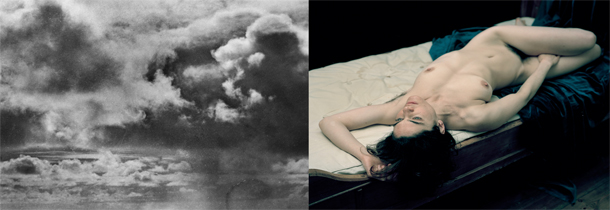
You said that during a photo-shoot you always in a way take only one image with slight variations to find the best version. It seems that you know precisely what you want to achieve before you start shooting.
No, I never quite know what I’m doing at the moment, and when I do, the work isn’t good. I couldn’t quite tell you how the pictures we took together fit in my work or how I will resolve them. I guess I recognize something about the light, the space, how you look, and how you are. It is never only visual and I don’t respond to things quickly. For example a film I am currently editing (Fractal Scars, Salt Water and Tears), has a woman in a stage-like boat-bed, moving in a strange, slow, auto erotic movement throughout the piece on one screen. I saw her performing in California and couldn’t stop thinking about her movement and body and kept going back, watching her for hours. Finally I approached her and we became friends and started working together. That’s what excites me the most, the not knowing, but being drawn to something or someone. If I do know what’s happening with the work, I’m not excited anymore. I always have a vague sense how it will come together, stories in the back of my head which connect the images and films. It’s not really very efficient and I probably should plan things out more.
Do you ever take pictures of yourself?
Yes, in some images I use myself as a body if you like. But I prefer to be in control of everything, arranging the details of the positioning. I need the looking and slow sculpting. And you can’t really see yourself. But I always feel like I’m photographing myself when I was taking pictures of my mom or Ephraim, my sisters or other close friends and family. Not physically, but emotionally.
Working as slowly as you do and taking time before you decide to photograph something, do you still have a lot of images that you don’t think you will ever use, that you don’t know how to relate to your work?
Some, yes, and I am trying to organize my archive to be able to file and access the past work and outtakes more easily. Increasingly I am interested in ‘curating’ and editing images across time and from different bodies of work. I don’t really work in series, so often images or footage makes sense only several years after their production.
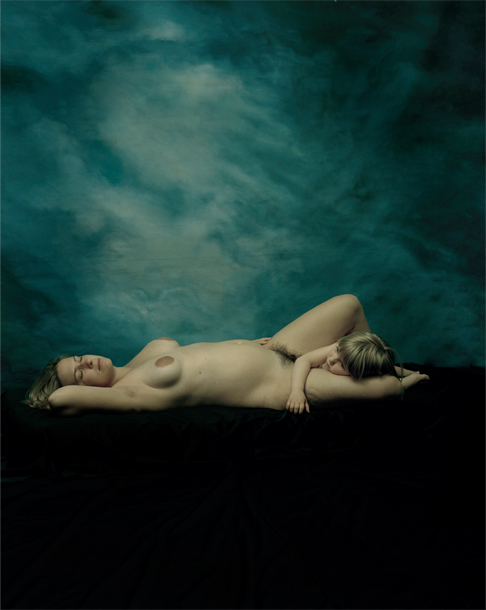
Since you have started to use a digital camera has it changed your relationship to photography? Does digital photography enable you to do something you wouldn’t be able to do on film?
Being able to see the still image instantly, to be able to shoot moving image at such high quality and low cost, has definitely changed and opened my practice. I do not see this in conflict at all with working with analogue processes at the same time – on the contrary, combining the two and thinking about we can use the different capacities creatively is really liberating and inspiring. I am just painting 3×4 metre backdrops as sculptural installations. One is of a cave in b+w photographed on a 5×4 camera, which was then scanned and printed digital onto raw canvas, which I am now dying and painting into. I am also painting into a canvas print of clouds to make the sails for a boat pieced together from the wooden skeleton of an old boat my father had. It is not only the camera technology, but also the printing processes now available that are exciting and make me think about making work in a different way.
